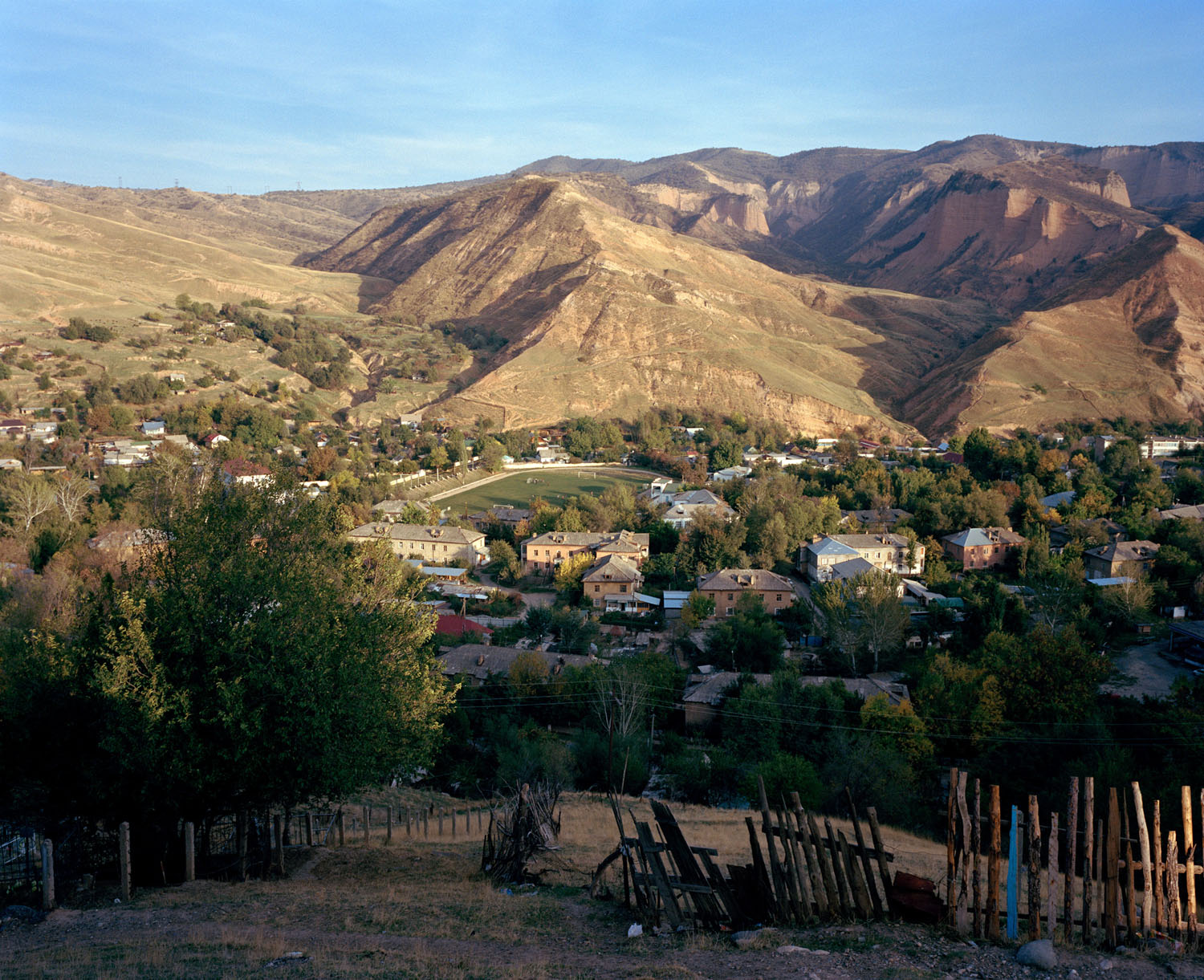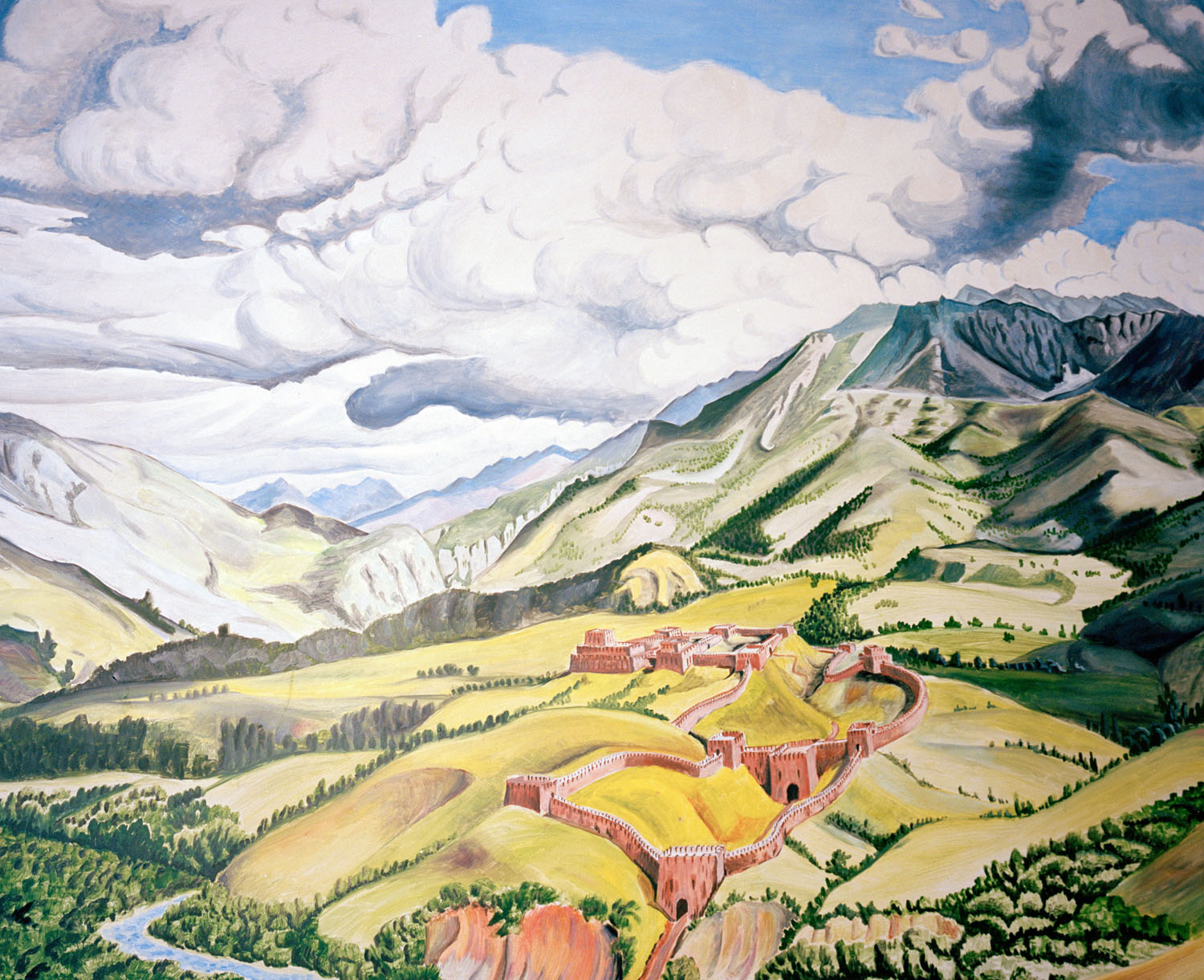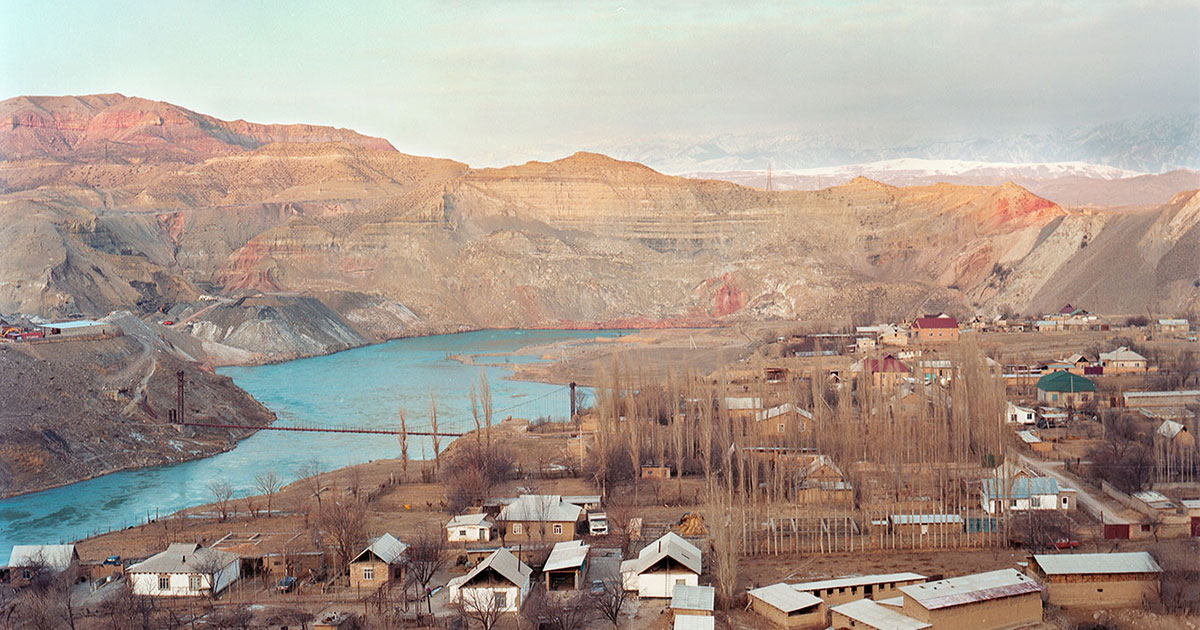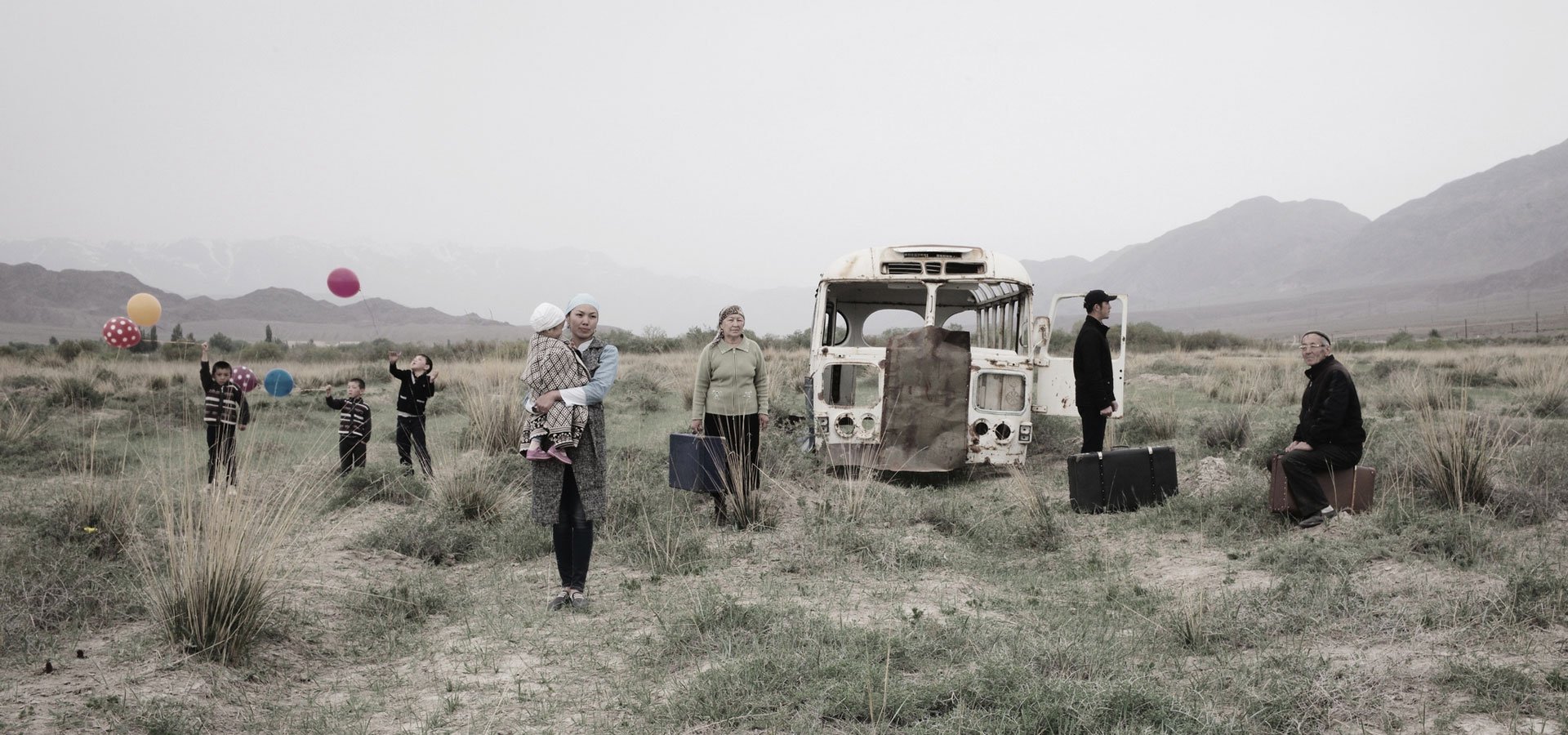Life in Kyrgyzstan’s once-booming uranium mining town, where the past poisons the future
Mailuu-Suu's nuclear waste dumps are a danger for the local environment. What is life like for the young people who live there?
Mailuu-Suu is a small town in southern Kyrgyzstan, secretly built by the Soviets in the 1950s. The uranium extracted there from the surrounding mountains between 1946 and 1968 was reportedly used to create the first atomic bomb for the Soviet nuclear programme. But improperly managed, the mines also heralded environmental catastrophe. In 1958, a dam failure caused nuclear waste to collapse into the area’s water system. Even when operations were running smoothly, nuclear waste was often hastily disposed of close to the town. Much of it remains. Today, earthquakes and landslides pose an ever present threat to the town’s uranium dumps. If a natural disaster were to push any radioactive waste or heavy metals into the local river, it could contaminate the drinking water supply of the entire Fergana valley.
All of this makes Mailuu-Suu one of the most polluted places on earth. But in Alexander Komenda’s photos of the town, the continuing environmental damage is inconspicuous.
Apart from the tailings — the leftover debris from the mines — which appear in the background of several shots, the majority of photographs show residential blocks, colourful murals, celebrations, homecooked meals, and playgrounds. The nearby village of Sary-Bee is also depicted, which suffers from even higher levels of radiation than Mailuu-Suu. The main focus of these photos are local school kids. As Komenda explains, “over half of the population in Kyrgyzstan is under 25”. The toxic legacy of local uranium mining still impacts people’s lives today, most dramatically the younger generations who hadn’t been born to witness it.
We expect a sense of gravitas from stories of environmental disaster. Take for example, W. Eugene Smith’s seminal photo essay and book of the deadly effects of industrial mercury pollution in Minamata, Japan, taken during the early 1970s. The Magnum photographer spent three years photographing the surviving victims and the after effects of the disaster. His photos of children whose bodies were forever changed by Minamata disease are difficult to stomach. Yet Smith was committed to balancing these devastating portraits with moments of joy at school sports days and birthdays.
Unlike Smith’s black and white account of Minamata, Komenda’s photos of Mailuu-Suu are striking for their vivid colours. He took these photos over two trips, travelling to Bishkek then Osh by plane, and hiring a local driver to reach his destination. The tones are bright and uplifting, diverting our attention away from the deeper truths, like the pages of a colouring book where the lines are no longer visible.
“I’m very drawn and inspired by the works of Lars Tunbjork and Carl De Keyzer, who both exuded kaleidoscopically rich and vibrant worlds whilst addressing social issues,” Komenda told The Calvert Journal. He says the colours and nuances of everyday life were at odds with the image that’s sold through the media “of one of the most polluted towns in the world”. Radiation as a topic rarely came up in everyday conversations: “There is a certain type of topical fatigue, perhaps comparable to how people try not to think of Covid-19 to remain sane, despite its real threat,” he explains.
Komenda had originally planned to shoot inside the local lightbulb factory, which replaced the mining industry as the community’s major employer when the uranium mining industry shut down. He was ultimately refused permission, which led him to photograph the schools and their pupils instead. Eventually, Komenda’s access to the schools was cut off too. The photographer continued shooting, asking the children he met to collaborate in the making of this series. This fruitful exchange resulted in staged sci-fi photos where the arid valley looks like a Martian landscape.
Escapism here is imbued with childlike creativity and wonder, yet the story has an urgent message. “This is a crucial time to rethink our exploitative approach to vital resources, to people and the environment,” Komenda says. “[The series] doesn’t go out to blame the Soviet Union, or point the finger at the ‘bad guys’, but rather to highlight the exploitative institutional mechanisms that remain widespread in our contemporary world.” Perhaps, the story is a reminder that only with childlike care and curiosity can we envision change in the foreseeable future.




